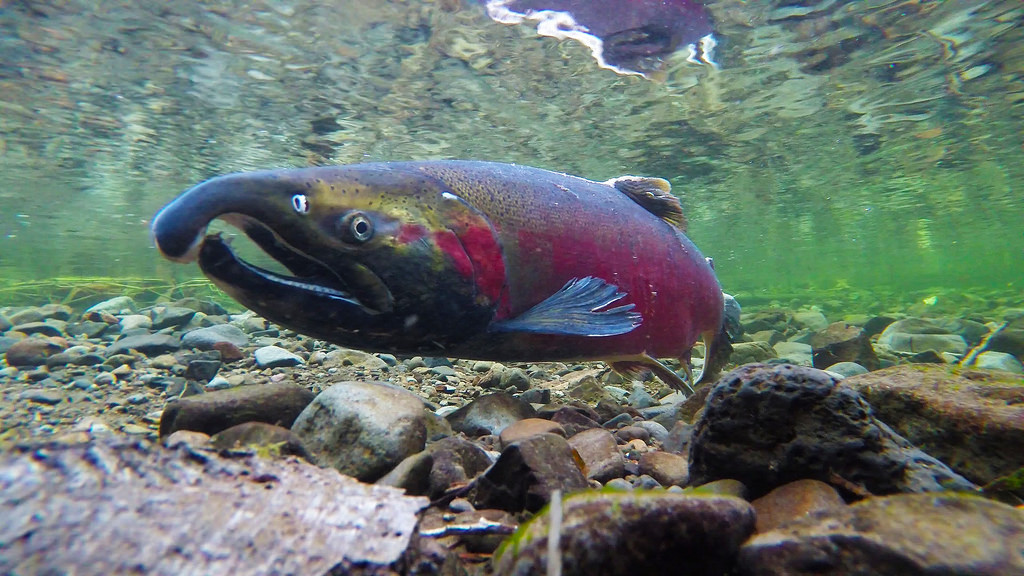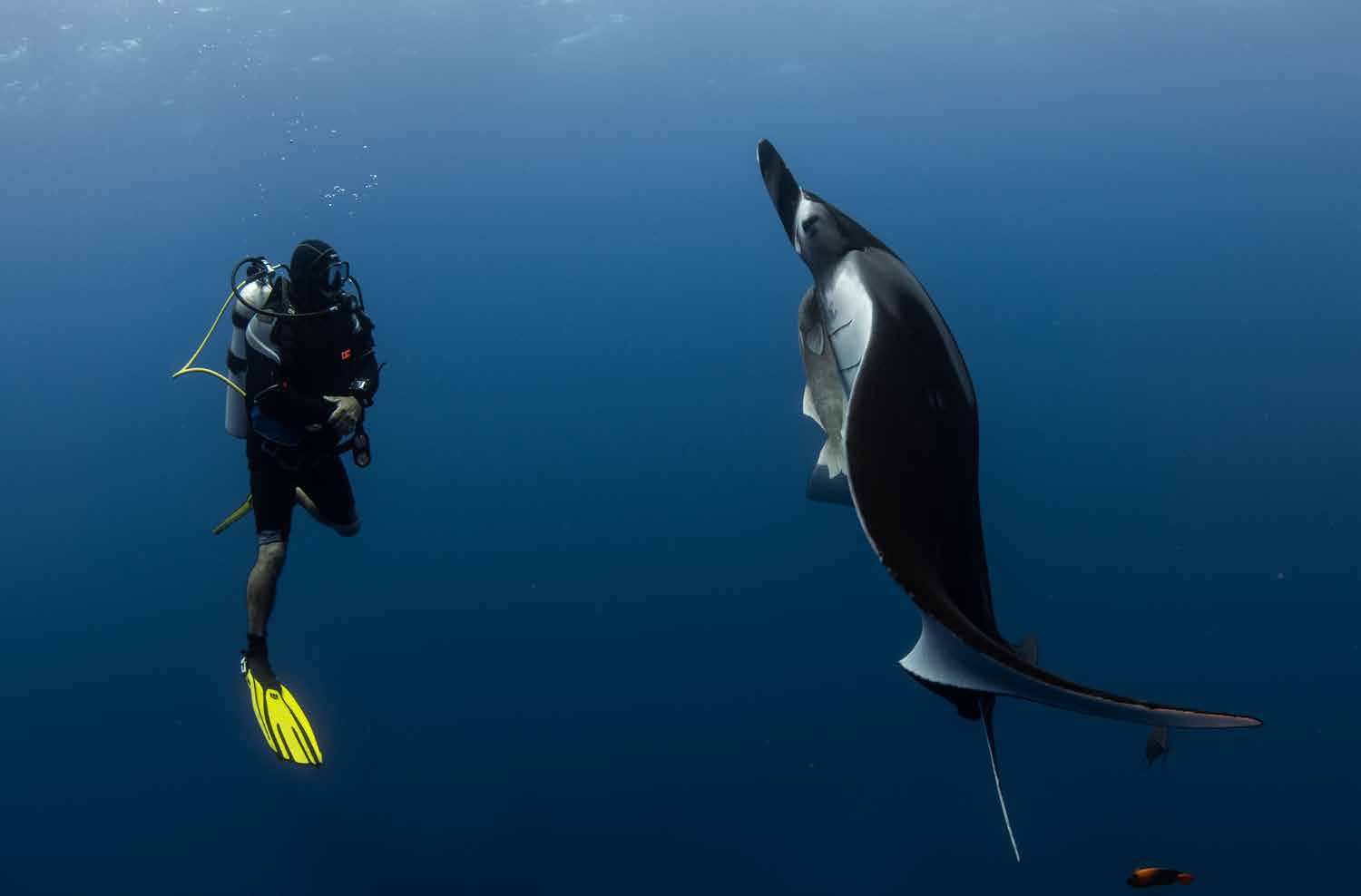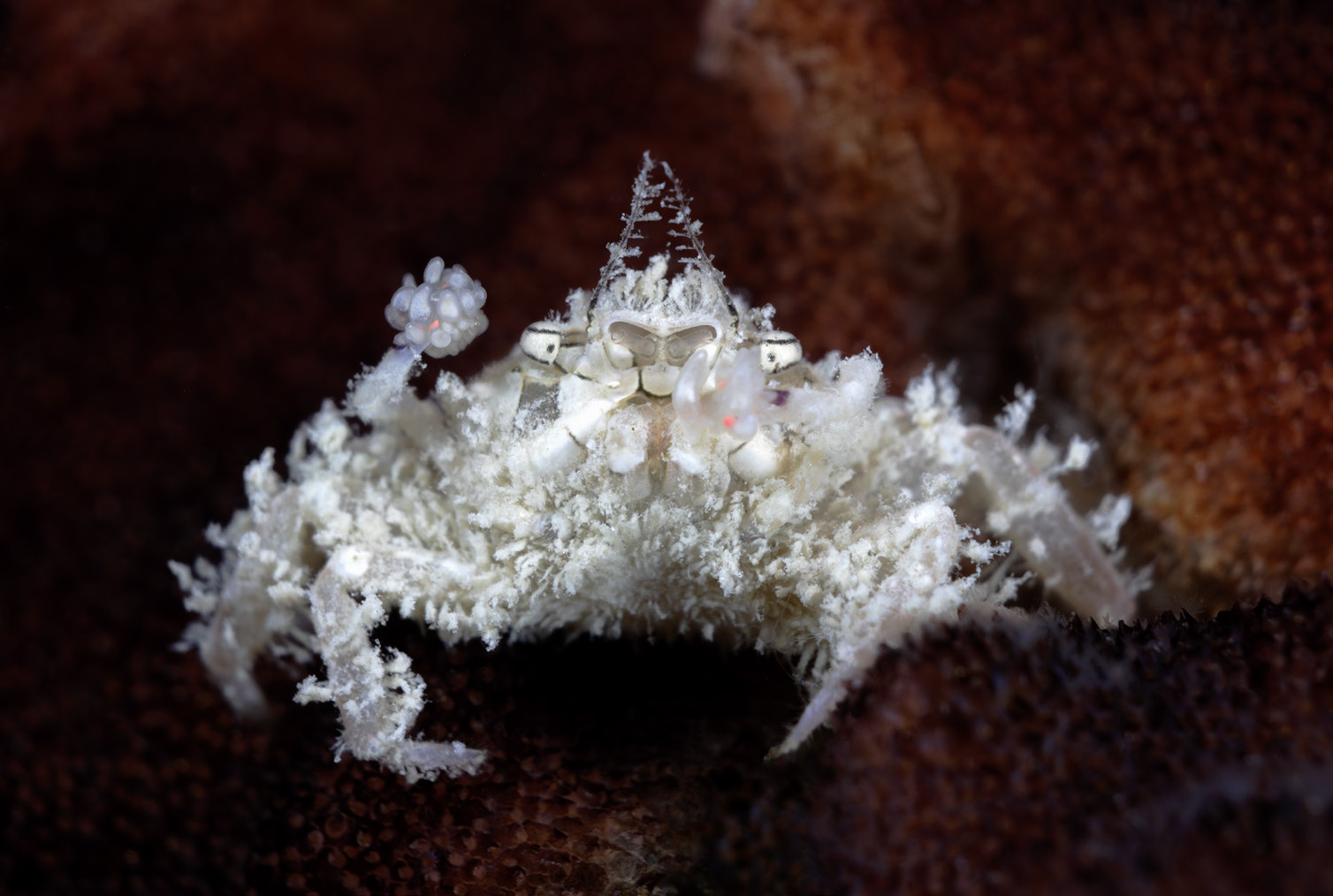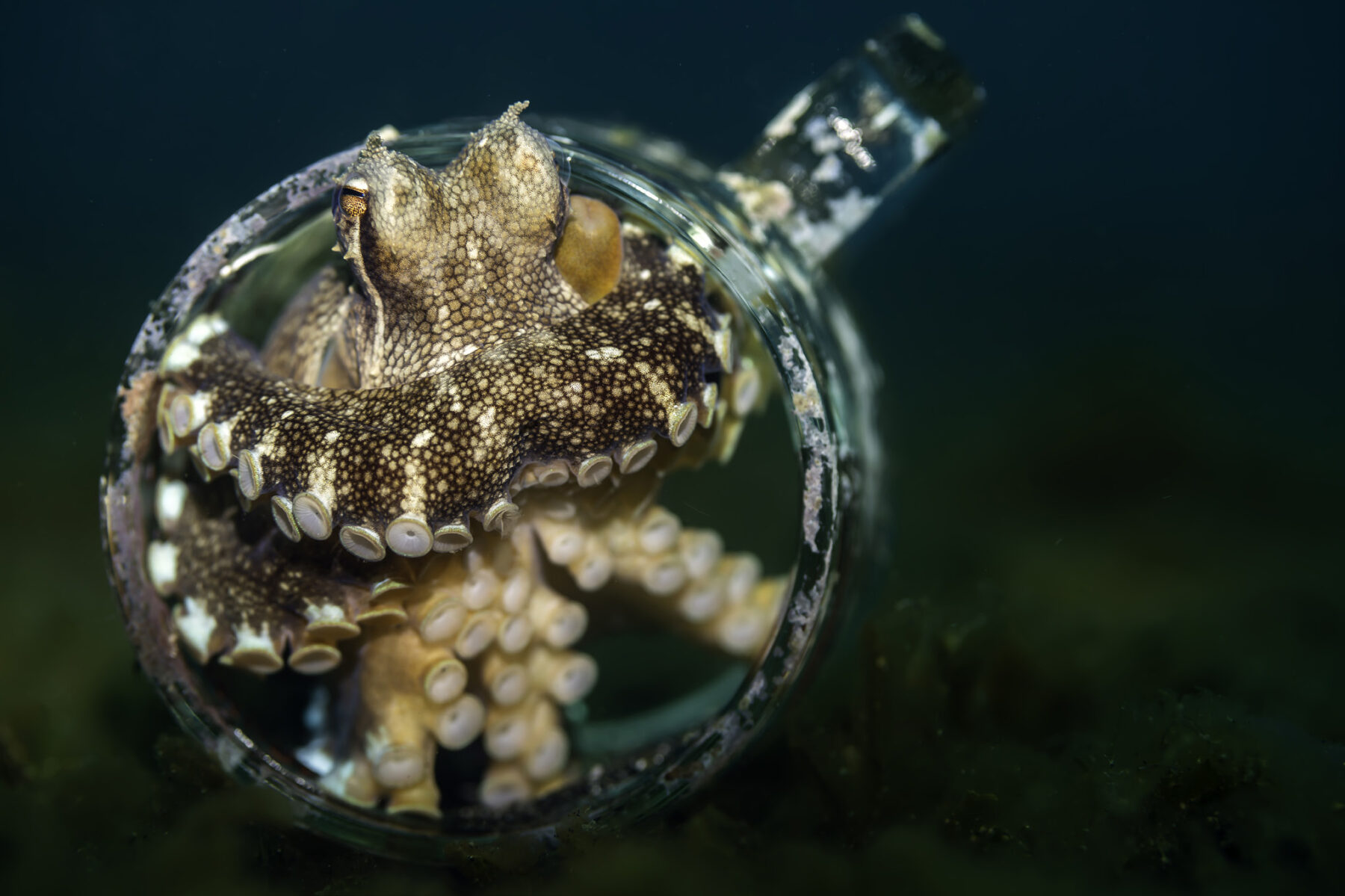To show the world that salmon are more than just destined for sashimi platters, we explain the biology and behaviours of one genus, our Wildlife of the Week, the Pacific salmon:
Genus: Oncorhynchus
Species: King (Chinook), Sockeye (Red), Coho (Silver), Pink (Humpback), Chum (Dog)
IUCN Status: Least Concern or Unassessed
Diet: The young depend on a diet of insects and plankton, while the adults eat shrimps, fishes, eels and squids. The sockeye species depends solely on plankton
Size: Two kilograms to 50 kilograms, depending on species
Ecosystem: As anadromous fishes, salmon are born in fresh water-like rivers or streams and spend one to seven years in salt water as adults. They will return to fresh water to spawn before dying of exhaustion within a few weeks. Those that do not die will spawn two or three more times
Distribution: Widely distributed in North Pacific waters of the United States and Canada
Behaviour: The migration of millions of Pacific salmon is a yearly affair in summer. They swim from the North Pacific region to the fresh waters of their birthplace to spawn, memorising a complex map of smells to find their way home
5 Fast Facts:
- Salmon are the “keystone” species that influences the survival and reproduction of 137 other species, like the coastal brown bears, mountain lions, the golden eagle and the snowy owl
- Salmon carry out spring-cleaning before spawning, by using their tails to sweep away fine sand and sediments that would suffocate the developing eggs
- Salmon are cold-water fish and will die when exposed to waters above 20ºC. Recently, global warming has heated up the waters making it unbearably hot for these salmon, ultimately causing their demise
- Adult salmon are known to travel over approximately 3,200 kilometres to reach their spawning grounds, including jumping up rapids
- Salmon contains a lot of protein, vitamin D and omega-3 fatty acids, vital to human dietary health




